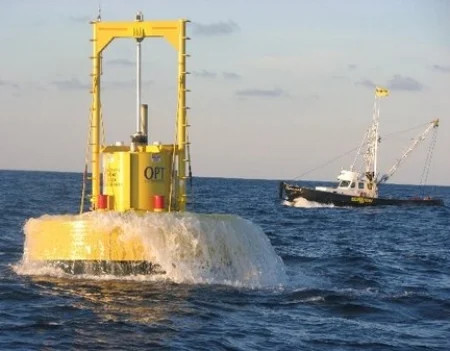The wave-power project unfolding in Oregon has a new big-name player.
Ocean Power Technologies (OPT) recently confirmed that Lockheed Martin had joined its effort to place 10 buoys, capable of producing up to 1.5 megawatts (MW) of energy, off the south-coast town of Reedsport.
New Jersey-based OPT said Lockheed Martin “will provide design, manufacturing, system integration and supply chain management expertise to enhance OPT’s PowerBuoy technology.”

OPT gave no details on the financial arrangement with Lockheed Martin, but Chief Executive Officer Charles F. Dunleavy said the big defense contractor’s “reputation and track record in manufacturing technology and its focus on renewable energy technologies will greatly assist” OPT.
The Oregon project has been inching along since reports emerged in early 2010 suggesting that a buoy would be deployed imminently, with the promise of nine more to go in by the end of 2012. That first buoy hasn’t yet gone in, but the company has been inking deals with Oregon businesses to assist it in implementing the project.
With the Lockheed Martin announcement, OPT avoided giving any definitive timetable, but said it had built the Oregon PB150 structure, was testing it in simulated conditions and would soon be making significant advances in deployment.
“Assembly, systems integration, and land testing of the PowerBuoy is planned to occur over the next several months,” the company said.
“It is intended to be the first of a proposed 10-buoy wave power station with a peak generating capacity of 1.5 MW, equivalent to the power needs of about 1,500 homes.”
OPT deployed a PB150 off the coast of Scotland earlier this year, and later reported that tests have so bar shown it generating between 45 kilowatts (kW) and 400 kW, with an average output of 150 kW expected when all is said and done.






